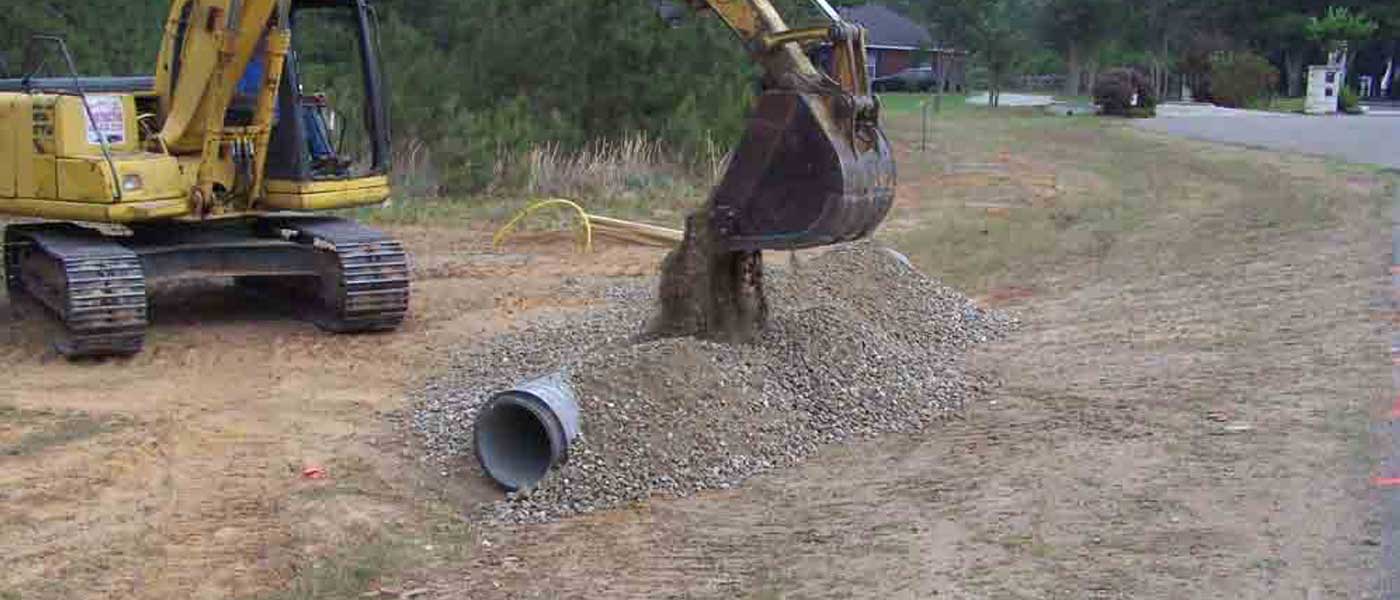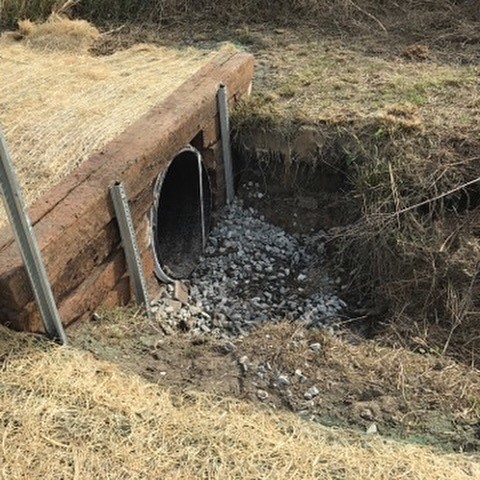Professional Culvert Installation for Durable Facilities
Professional Culvert Installation for Durable Facilities
Blog Article
Culvert Setup Made Easy: Step-by-Step Guide for Success
Installing culverts may seem like a straightforward task, however ensuring an effective end result needs mindful planning and execution. From picking the ideal culvert dimension to incorporating appropriate water drainage actions, each step in the setup process plays a crucial duty in the performance and long life of the culvert system. By adhering to a systematic technique and taking note of essential information, the installment can continue smoothly, decreasing possible issues down the line. Keep tuned to discover the necessary steps and factors to consider that can make culvert installation a seamless and effective endeavor.
Choosing the Right Culvert Size
Picking the proper culvert dimension is important for making certain effective water flow and architectural integrity in culvert installation projects - Pad Construction. The dimension of the culvert directly affects the flow ability of water with the framework. A culvert that is too little can lead to flooding and overflow, while one that is also big may lead to lowered water rate, possibly creating sediment build-up and blockages
To figure out the appropriate culvert dimension, aspects such as the watershed location, top flow rates, and hydraulic performance need to be meticulously thought about. Calculations based on these criteria aid in picking a size that can effectively deal with the predicted water quantity while decreasing the risk of blockages and architectural failure.
It is crucial to consult engineering standards and requirements to make certain that the chosen culvert size meets the job needs and regional regulations (Pad Construction). By selecting the appropriate culvert dimension, project supervisors can maximize water circulation, prevent potential issues, and boost the general effectiveness and long life of the culvert installment
Preparing the Installment Website
Reliable culvert setup demands meticulous preparation of the installation site to make certain optimum structural support and capability. Prior to starting the setup procedure, it is important to clear the site of any debris, plant life, or obstructions that could hamper the culvert's positioning. Ensuring a level structure is essential for the appropriate alignment and stability of the culvert. This might involve rating the site to produce a smooth, also surface that can appropriately sustain the weight of the culvert and any kind of anticipated lots. In addition, proper compaction of the dirt beneath the culvert is necessary to prevent settling or shifting gradually.
Additionally, it is vital to think about factors such as soil structure, groundwater degrees, and ecological impacts when preparing the installment website. Performing a comprehensive website analysis can aid identify any prospective difficulties or threats continue reading this that might influence the culvert's efficiency. By taking the time to prepare the setup website correctly, you can help ensure a successful culvert installation that meets structural requirements and guarantees long-lasting functionality.
Placing the Culvert Correctly

The quality at which the culvert is put is essential for preserving an appropriate incline for water circulation. A steady incline helps protect against pooling and promotes efficient drainage. Additionally, the culvert should be oriented correctly to guarantee that the inlet and outlet remain in the proper locations. This alignment is vital for the culvert to work successfully in handling water flow.
Backfilling and Condensing the Soil
Correct backfilling and compaction of the dirt around the culvert is necessary to make sure stability and prevent possible problems in the future. As soon as the culvert is properly put, the following critical step is to backfill the location around it with appropriate product. The backfill product must be complimentary from rocks, debris, and raw material to stay clear of damages Click Here to the culvert. It is recommended to make use of granular material such as sand or gravel for backfilling, as it provides excellent drainage and compaction residential or commercial properties.
Compaction assists in minimizing the opportunities of settlement and ensures uniform assistance around the culvert. It is crucial to compact the dirt equally on all sides of the culvert to keep its structural honesty.
Proper backfilling and compaction not just offer security to the culvert but also help in stopping soil erosion and keeping the durability of the culvert system.
Making Certain Appropriate Drain Integration
Incorporating effective drain remedies plays a critical role in the general performance and durability of culvert installments. Proper drain assimilation is important for you can try these out handling water circulation, protecting against disintegration, and ensuring the structural stability of the culvert system. To accomplish this, it is essential to design an extensive drainage strategy that considers elements such as the volume of water anticipated, the topography of the location, and the kind of dirt present.

Furthermore, integrating features like disintegration control procedures, such as riprap or plants, can even more boost the performance of the drain system. By thoroughly planning and applying these drain solutions, culvert installments can work efficiently and stand up to the examination of time.
Conclusion
In verdict, appropriate culvert installation is critical for preserving efficient water drainage systems. By choosing the appropriate culvert size, preparing the installation website, placing the culvert properly, backfilling and compacting the dirt, and ensuring proper drainage combination, success can be achieved. Adhering to these steps will aid guarantee the long life and performance of the culvert, inevitably adding to the general success of the drainage system.
Report this page